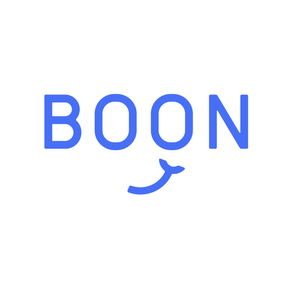Building a business case for coaching: a complete template for HR leaders
Are you trying to convince your leadership team to invest in coaching, but struggling to show the ROI? You’re not alone. HR leaders often know the impact coaching can have on retention, engagement, and performance — but executives want hard numbers. That’s why building a business case for coaching is essential. In this post, we’ll give you a ready-to-use business case for coaching template that ties leadership development directly to financial outcomes. Use it to secure executive buy-in, launch a pilot program, and scale coaching as a strategic driver of business growth.
How to quickly and simply explain the impact on investing in professional development to execs
Coaching has become one of the most effective tools for leadership development, employee engagement, and retention. Yet, many HR leaders still struggle to secure executive buy-in and budget for scalable coaching programs.
This guide walks you through how to make a business case for coaching, why traditional leadership development falls short, and a step-by-step framework you can adapt as your own template for pitching coaching inside your organization.
The business case for coaching
HR leaders are under constant pressure to:
- Develop strong leaders
- Improve retention
- Enhance engagement
- Prove ROI on talent investments
Unfortunately, traditional training models rarely scale effectively. They often burden managers and HR teams instead of providing long-term, measurable support.
Coaching offers a modern alternative: it drives measurable improvements in retention, engagement, and leadership effectiveness. With the right framing, HR leaders can connect coaching directly to business outcomes, making it a strategic initiative rather than just a “people program.”
Why traditional leadership development falls short
Common approaches like generic manager training, executive coaching for a select few, or on-demand e-learning don’t deliver lasting impact. Research shows:
- Learners forget 75% of training within six days if not applied.
- Online leadership training has 5–15% completion rates.
- Emerging leaders often remain underdeveloped, creating retention and readiness risks.
By contrast, democratized coaching integrates into workflows, scales across levels, and reinforces accountability with real-time feedback.
Customer story: transforming leadership development with coaching
A high-growth tech company with 100+ employees faced challenges including:
- Leadership gaps in delegation, feedback, and strategic thinking
- Employee disengagement
- Retention risks due to limited growth opportunities
After implementing Boon GROW’s coaching solution, they saw measurable results:
- 12-session leadership coaching for emerging leaders
- Skill tracking before and after coaching
- Custom impact reporting showing business outcomes
Measurable impact (within six months)
According to the chart on page 5:
- +106% improvement in giving and receiving feedback
- +67% improvement in time management & productivity
- +52% improvement in adaptability & resilience
- 96% client satisfaction rate
Coaching ROI Calculator
Coaching ROI Calculator
Estimate the potential return on investment from a coaching program.
Based on industry research: Coaching increases retention by 30–50%, boosts engagement 3x, and improves leadership performance by 40% (ICF, Gallup).
A 4-step framework to build your business case
Use this step-by-step roadmap as a business case for coaching template inside your organization:
Step 1: Identify key business challenges
Highlight issues like turnover, disengagement, or ineffective managers. Use data from your own org and pinpoint the exact cost of inefficiencies in these areas.
Step 2: Tie coaching directly to business outcomes
Use metrics and research. For example, a 10% increase in engagement = $2,400 more profit per employee annually (Gallup).
Step 3: Address the limitations of traditional training
Show why past solutions failed and how coaching delivers long-term behavior change.
Step 4: Build a pilot program for proof of concept
Run a 6-month coaching pilot with a targeted group. Track retention, performance, and engagement before and after. Use results to expand company-wide.
Coaching as a business growth strategy
Scaling coaching isn’t just about leadership development—it’s about future-proofing your business.
Key takeaways:
- Coaching reduces turnover costs and improves retention.
- Coaching drives engagement, productivity, and performance.
- Coaching supports the whole person—resilience, confidence, well-being.
- Traditional training is outdated. Democratized coaching is the scalable, modern solution.
Next steps: build your coaching strategy
Ready to bring coaching into your organization? Start by:
- Mapping coaching to your company’s challenges
- Quantifying ROI for your CFO and leadership team
- Launching a pilot program with measurable outcomes
With the right business case for coaching template, you’ll be able to secure executive buy-in and create a scalable, impactful program that supports both business growth and employee well-being.

